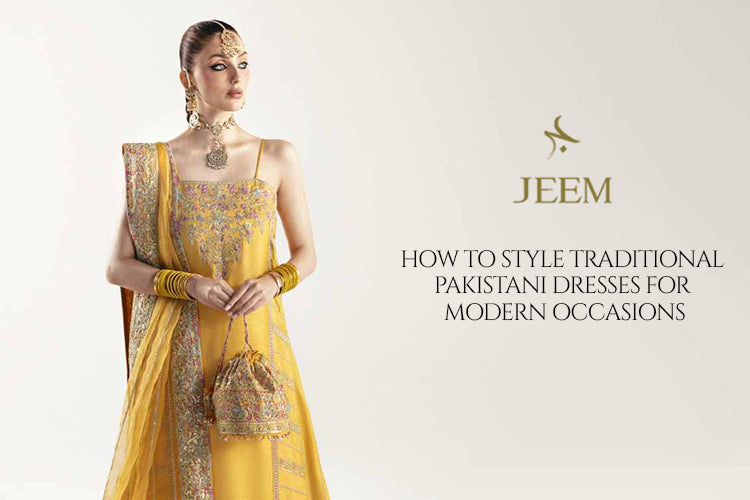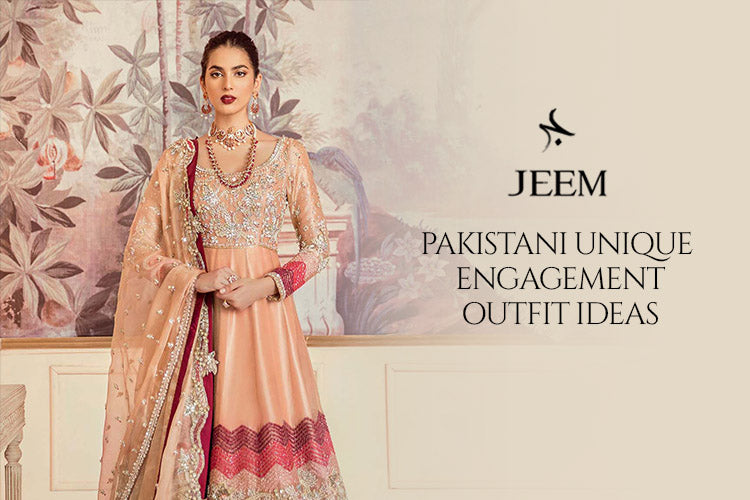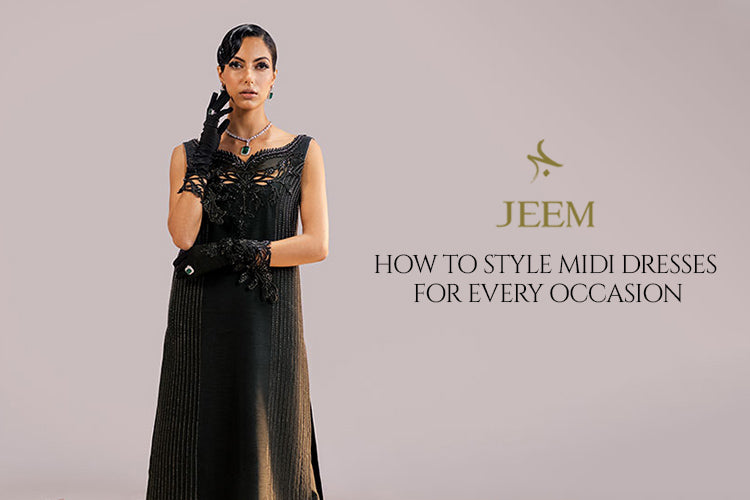
How to Style Traditional Pakistani Dresses for Modern Occasions
Pakistan's vibrant and diverse traditional attire, which represents the country's history, culture, and geographic variety, is a reflection of its rich cultural tapestry.
Pakistani clothing reflects more than simply fashion; it is a symbol of the nation's complex nature. Every article of apparel, from the varied designs to the exquisite and vibrant embroidery, symbolises Pakistani culture.
The Ultimate in Style: The Shalwar Kameez
Men and women alike can dress in the shalwar kameez, the national clothing of Pakistan. The Shalwar Kameez's design fabric, and embellishments define its status as formal, casual, or even wedding. American Online Saree Shopping.
Regional Variations in Pakistani Clothing
Pakistan's clothing is not uniform; rather, it is a reflection of the nation's varied ethnic and cultural terrain. The many clothing styles of different locations contribute a kaleidoscope aspect to the overall fashion scene.
Ajrak from Sindh, Balochi needlework, Phulkari from Punjab, and Pashmina shawls from Kashmir are only a few instances of the various regional influences on Pakistani clothing for modern functions.
Embroidery
The elaborate and complex embroidery on Pakistani clothing is one of its most remarkable aspects. Talented artists utilise a variety of age-old methods, including thread work, gota, and zardozi, to produce stunning creations. These works always give your dress an entirely new look that you can wear at different occasions.
Wedding Dresses: An Orchestra of Shades and Elegance
Pakistani brides wear opulent gowns that perfectly capture the grandeur of these lavish weddings. Bridal gowns feature an amazing fusion of rich materials, dexterous stitching, and vivid hues.
Popular options for brides include lehengas, ghararas, and shararas; these garments are heavily embellished and frequently go well with ornate jewellery. The bridal gown makes a cultural statement in addition to signifying the happy event.
Men's Clothing: Combining Modern and Tradition
Men's clothing staples like the Shalwar Kameez are still prevalent, although there has been a discernible blending of traditional and contemporary aspects.
Wearing sherwanis for formal events, their rich materials and elaborate decorations exude regality.
The Peshawari chappal, a traditional footwear option, has become more popular both domestically and abroad, showcasing a tasteful fusion of old and new.
Impact of International Fashion Trends
In addition to respecting its ancient roots, Pakistani dress has also embraced global fashion trends. Designers combine traditional elements with contemporary cutting to produce apparel that appeals to a broad spectrum of consumers.
As more and more Pakistani dresses appear on international catwalks, their unique designs and craftsmanship are garnering recognition.
Textiles: A Variety of Texture and Tone
A major factor in the attractiveness of Pakistani apparel is the sheer range of fabrics used. From the softness of silk and chiffon to the warmth of velvet and wool, each fabric has an impact on the dress's overall look and feel.
Best Pakistani designs are renowned for its practicality and adaptability, as seen by the fact that event and weather conditions regularly impact fabric selections.
Bollywood's Influence on Fashion in Pakistan
In the area of design trends, Bollywood films have had a particularly noteworthy impact on the cultural exchange between India and Pakistan.
The Pakistani clothes worn by Bollywood celebs often ignites trends quickly and shapes the choices of fashionistas on both sides of the border. The dynamic aspect of this cross-cultural interaction has contributed to the changing face of Pakistani fashion.
The attire of individuals in Pakistan varies according to the occasion, culture, and geography. Pakistan is a multicultural nation with a blend of traditional and contemporary fashions. The following broad rules apply to attire in Pakistan:
Etiquette
Modesty is a major component of attire in Pakistan, particularly for women. In order to show respect for the customs and culture of the place, it is essential to dress modestly. This typically means avoiding clothing that is too tight or revealing.
Both sexes dress in the traditional Pakistani garment, the shalwar kameez. The long tunic of the shahruk kameez is worn above loose-fitting slacks. Women usually wear a dupatta, or long scarf, with their clothes. Men can also dress traditionally in kurtas or sherwanis for formal events.
Western Clothing: Among younger individuals and in urban areas, jeans, t-shirts, and shirts are common Western clothing pieces. Wearing Western attire is still suggested, even while dressed modestly.
Formal Occasions: Religious meetings, weddings, and other formal events usually call for traditional clothing. Men can wear traditional sherwanis or suits, while ladies can wear more elaborate and vibrant saris or shalwar kameez.
Footwear
Comfortable shoes are essential if you plan to walk a lot. Sandals or closed shoes are suitable, depending on the conditions and weather.
Considering the weather Pakistan's climate differs depending on the region. It's important to wear clothing suited for the temperature. Lightweight, breathable textiles are ideal in hot and humid weather; bulkier clothing is needed in cooler regions.
Honour Regional Traditions
Respecting Pakistan's traditions and customs is essential when dressing there. For example, it's customary to cover your head and shoulders when you enter places of worship.
Pakistani people take pride in wearing and styling traditional clothes. They like to experiment and intermixing western and pakistani like jeans with kurtas or shirts with plazos.
You can find a wide variety and combinations on generation outfitters and other good brands. For luxury bridal and new arrivals visit our Jeems page and get the best selling articles.

